Featured Block: East 1st & 2nd Streets, 1st & 2nd Avenues

Welcome to Building Blocks
Pick a block or take a tour and explore the East Village

Building Date : 1894
Original Use : Industrial
Original Owner : Nathan Straus
Original Architect : John B.Snook
The building at 151 Avenue C was designed by John B. Snook, a well-known architect in the city at that time…CLICK HERE TO READ MORE
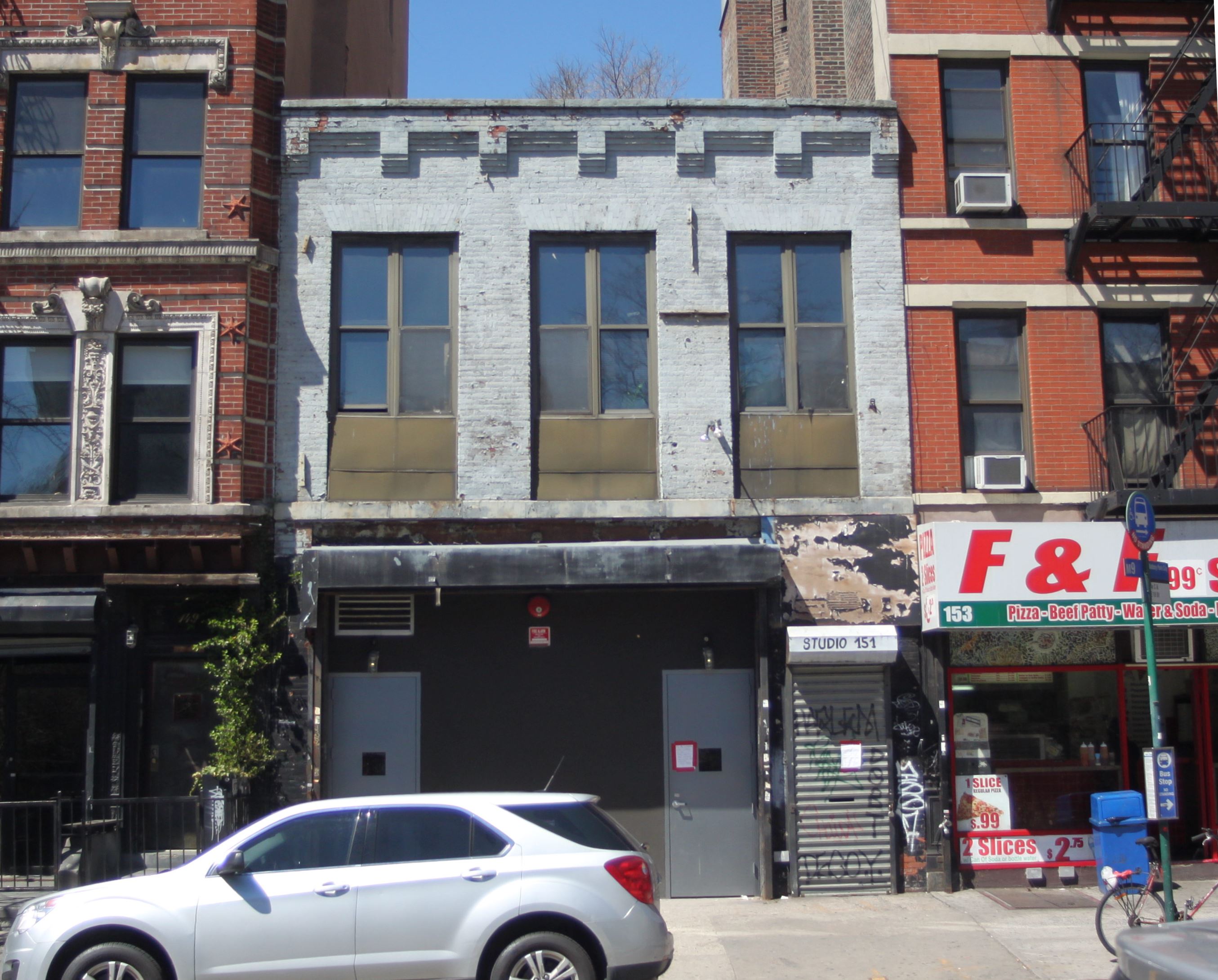
African Americans have lived in the East Village since the mid-17th c. Freed blacks in New Netherland were given farmland here and nearby, in what was the first free black settlement in North America. In the 19th c. it was the site of historic speeches by Abraham Lincoln and Frederick Douglass at Cooper Union, the Colored Methodist Episcopal Church to which Elizabeth Jennings Graham, the ‘Rosa Parks’ of…CLICK HERE TO READ MORE
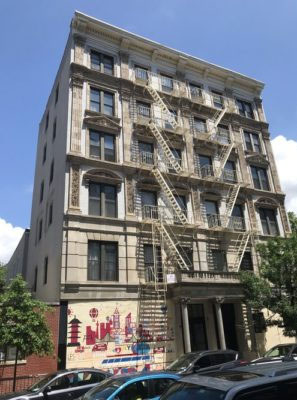
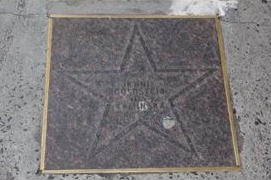
From the mid-19th through the early 20th century, the East Village was the center of what came to be known as Kleindeutschland, or “Little Germany” – the largest German-speaking community in the world outside of Berlin and Vienna. It contained countless houses of worship, social halls, labor and community organizations, charitable institutions, and eating and drinking establishments. The 1904 General Slocum Ferry disaster, which killed over 1,000 largely German residents of the neighborhood, and the anti-German fervor of World War I, led to the community’s dissolution, but remnants of it can still be seen today in the East Village.
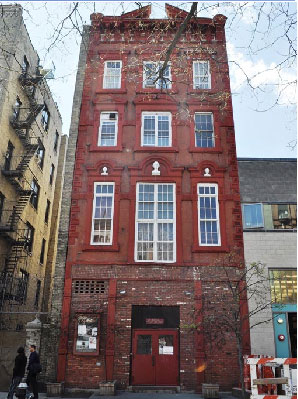
During the 1970s and 80s, many century-old buildings in Alphabet City had become abandoned and neglected through landlord and government neglect and policies that encouraged dereliction and abandonment. Squatters, some of whom were also artists by profession or lifestyle, moved into these vacant tenements and started to repair, maintain, and live in them. In some cases, they had to put in stairs or even a roof. Populated by an eclectic mix of people, they had took on names like Bullet Space or Umbrella House or C squat or Serenity House. Click to read more.

St. Mark’s refers to St. Mark’s Church in-the-Bowery, the oldest site of continuous worship in New York City and the city’s second-oldest public building. 8th Street, from Astor Place to Avenue A (to the western edge of Tompkins Square Park) is also known as St. Marks Place. While the street name, according to Henry Moscow’s The Street Book, is taken from the name of the church, street signs leave out the apostrophe. St. Mark’s is also the name of a historic district encompassing St. Mark’s Church in-the-Bowery.
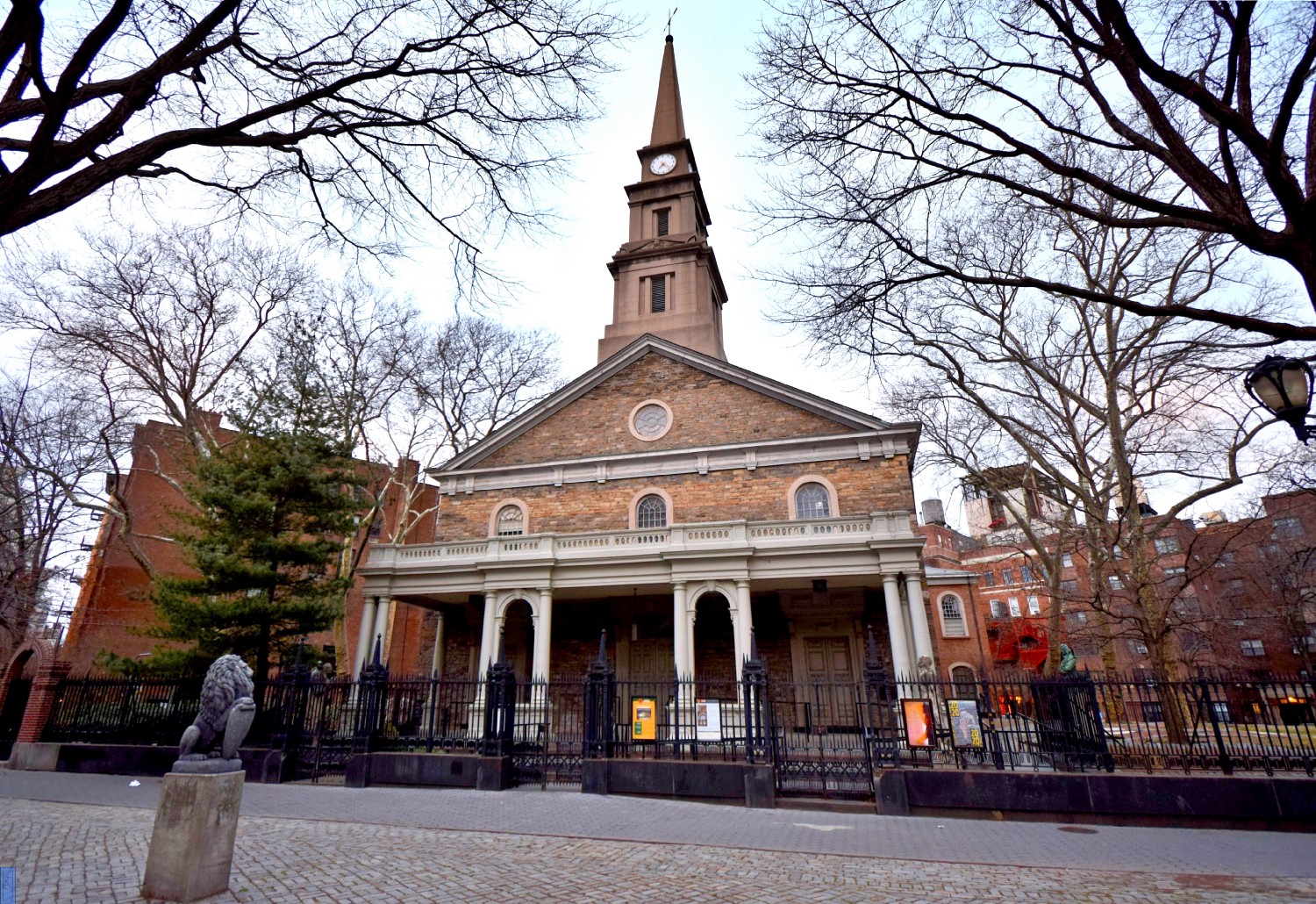
These places from our grassroots “Census of Places that Matter” help us interpret the diverse cultures, architectures and histories found on East Village streets, where tradition meets contemporary life. From the City’s oldest, public, non-sectarian cemetery, to “halls for hire” hosting immigrant traditions and working class gatherings, to spaces that foster artistic activity and civic engagement, the East Village’s built environment articulates layers of New York history, memory and story. – Place Matters
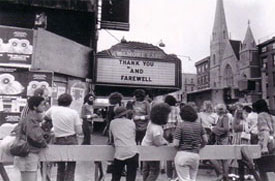
This tour takes you to a dozen of the twenty-six buildings in the East 10th Street Historic District, which runs from Avenue A to Avenue B, on the north side of Tompkins Square Park. The buildings here were primarily built in the mid to late 1800s, and include an early public library, a would-be birth-control clinic, a school for girls, and the homes of merchants, immigrants, boot makers and paint salesmen. – GVSHP
Photography : Christopher D. Brazee, 2012
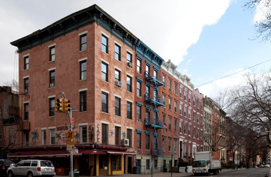
The East Village contains 30 individually designated New York City landmarks — one of the highest concentrations in New York City. These include a public housing project, a medical dispensary, a horse auction mart, a bathhouse, a baked goods factory, a German shooting range, several churches, two libraries, and two cemeteries. They range from grand Beaux Arts buildings to modest or vernacular structures. The oldest one dates to 1799, while the youngest dates to 1935, and they include among the very first designated landmarks in New York City, as well as ones designated as recently as 2014.
Collectively they tell the story of the shifting ethnic, socio-economic, cultural, and commercial tides of the East Village and New York City over two centuries.
